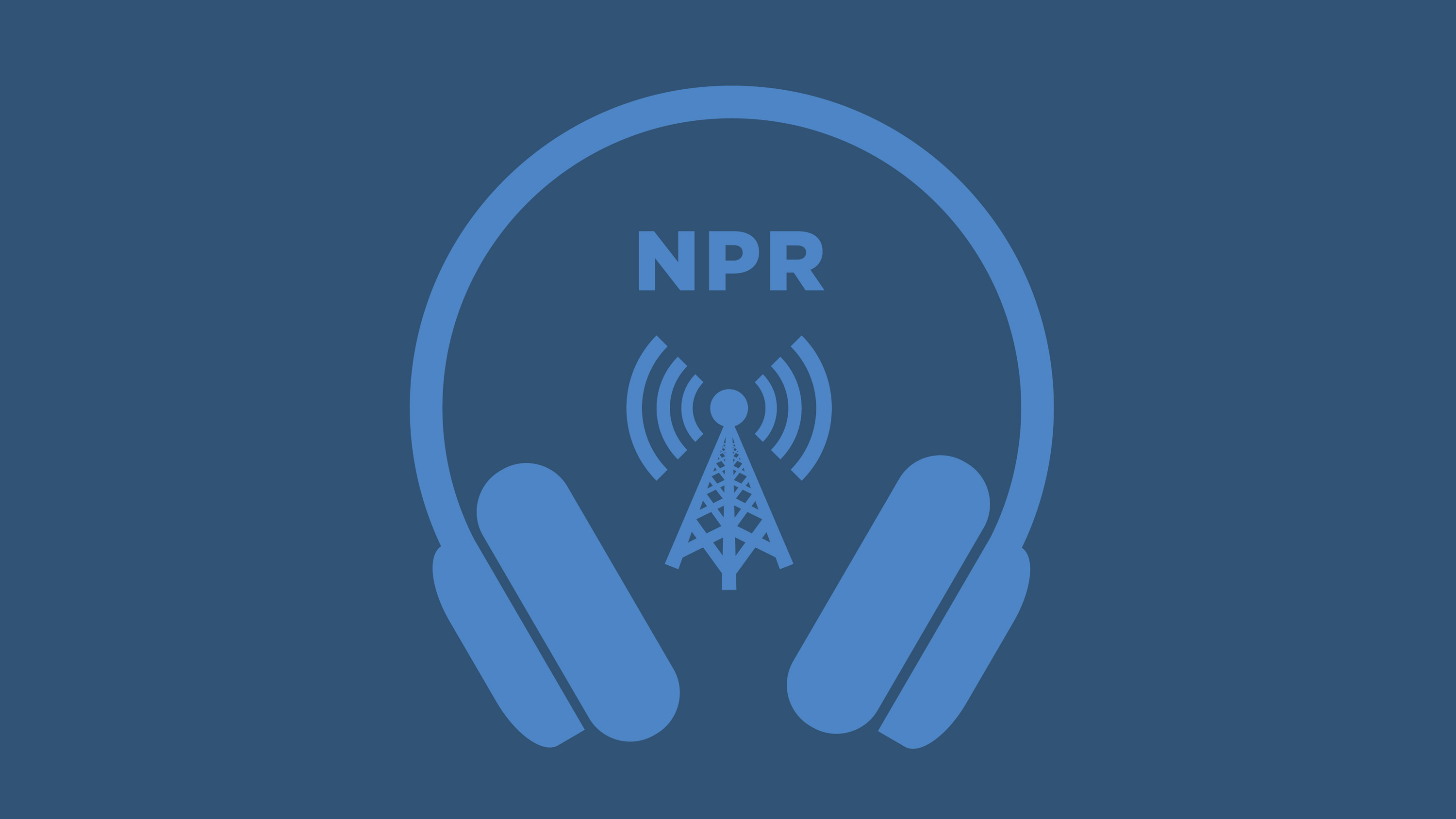
We independently select all products and services. If you click through links we provide, we may earn a commission. Learn More.
Advertiser Disclosure
The Forbes Health editorial team is independent and objective. To help support our reporting work, and to continue our ability to provide this content for free to our readers, we receive compensation from the companies that advertise on the Forbes Health site. This compensation comes from two main sources. First, we provide paid placements to advertisers to present their offers. The compensation we receive for those placements affects how and where advertisers’ offers appear on the site. This site does not include all companies or products available within the market. Second, we also include links to advertisers’ offers in some of our articles; these “affiliate links” may generate income for our site when you click on them.
The compensation we receive from advertisers does not influence the recommendations or advice our editorial team provides in our articles or otherwise impact any of the editorial content on Forbes Health. While we work hard to provide accurate and up-to-date information that we think you will find relevant, Forbes Health does not and cannot guarantee that any information provided is complete and makes no representations or warranties in connection thereto, nor to the accuracy or applicability thereof.
Suicide Prevention: Risk Factors, Protective Strategies And Misconceptions
Written By
Staff Writer
Edited By
Staff Editor
& 1 other
Have a question we may not have answered?
Ask our editors here
Commissions we earn from partner links on this page do not affect our opinions or evaluations. Our editorial content is based on thorough research and guidance from the Forbes Health Advisory Board.
Every 11 minutes, an individual in the U.S. dies by suicide, which can leave families, friends, coworkers and communities with a profound sense of loss, and, often, unanswered questions.
September, Suicide Prevention Month, is dedicated to raising awareness and reducing stigma surrounding a public health crisis that claims the lives of approximately 50,000 people in the U.S. annually according to the Centers for Disease Control and Prevention (CDC) .
Understanding the complexities surrounding suicide—its risk factors, protective measures and prevailing misconceptions surrounding the act of taking one’s own life—is critical in fostering a culture of openness and support, potentially reducing suicide risk. Nurturing awareness and proactive measures can help promote a safer environment for those who may be struggling.
FEATURED PARTNER OFFER
We receive compensation from our partners for Featured Partner Offer placements. While this may influence where their products or services appear on our site, it in no way affects our ratings, which are based on thorough research, solid methodologies and expert advice. Our partners cannot pay us to guarantee favorable review of their products or services.
Online-Therapy.com
Access to licensed therapists specializing in various areas
Convenient, at-home therapy sessions
Evidence-based therapeutic techniques and tools
Affordable therapy options with flexible payment plans
On Online-Therapy
Suicide Facts and Impact
Suicide’s impact reaches far beyond the individual, says Anthony Estreet, Ph.D., a licensed therapist and CEO at the National Association of Social Workers, the largest membership organization of professional social workers. “Families are left with profound grief, guilt and often silence,” he says. “Communities lose leaders, caregivers and loved ones.”
When suicide occurs, it can have a ripple effect. “I’ve sat with parents who tell me their entire family [is] shattered—siblings blaming themselves, spouses wrestling with guilt, communities recoiling in fear,” says Chinwe Williams, Ph.D., a licensed professional counselor and owner at Meaningful Solutions Counseling in Roswell, Georgia.
“Survivors are left wondering what they did or didn’t do that could have prevented [their loved ones’ suicide],” adds Milissa Aronson, a licensed clinical social worker and founder of Magnolia Psychotherapy in New Providence, New Jersey.
Identifying suicide risks and providing care early is key to preventing crises from escalating, says Estreet “Timely therapy, peer support and access to safe spaces for healing [may] stop suicidal thoughts from becoming suicidal behavior.”
Suicide Risk Factors
“There is no single risk factor for suicide, as it is a complex issue with multiple contributing factors,” says Williams.
According to the American Foundation for Suicide Prevention, contributing risk factors may include:
Mental health conditions, such as substance abuse, depression, anxiety, mood disorders and schizophrenia
Physical health conditions like chronic pain and traumatic brain injury
Environmental factors, such as unemployment, financial trouble, relationship stress, divorce, bullying and harassment or discrimination
Exposure to suicide or loss
Prior suicide attempts or family history of suicide
Trauma, including abuse, neglect and generational trauma
Access to lethal means, such as firearms or medication
Exposure to suicide increases the risk of suicide among survivors. A 2016 study in BMJ Open investigated the effects of the suicide of a friend or relative among adults aged 18 to 40. The researchers found that individuals experiencing grief from a suicide loss had a 1.65 times higher probability of attempting suicide versus those bereaving a loss from natural causes .
Suicide Warning Signs
“When someone is contemplating suicide, they may show changes in the way they act, think, or behave,” says Shairi Turner, M.D., chief health officer at Crisis Text Line, a free, nonprofit mental health support text service.
According to Dr. Turner, individuals with suicidal thoughts may express a wish to end their life, feelings of hopelessness, a sense of being a burden, perceptions of entrapment, and unbearable emotional or physical pain.
The National Institute of Mental Health notes mood and behavioral changes, including feelings of emptiness, despair, and a lack of purpose, alongside heightened anxiety, agitation or intense anger.
Behavioral signs may involve planning or researching suicide, isolating from friends, saying goodbye, giving away possessions, engaging in reckless behaviors, experiencing mood swings, significantly changing eating or sleeping habits, and increasing substance use.
Connect With A Counselor
If you’re in crisis or having suicidal thoughts, call the National Suicide Prevention hotline at 988 or message its live online chat service for immediate support from a trained counselor. If you’re in immediate danger, call 911.
How to Help: Suicide Prevention Strategies
Protective factors can turn the tide on suicide risk among individuals who are navigating challenging times that may evoke suicidal thoughts by providing them with the tools to face a crisis rather than collapse under it, emphasizes Williams. The CDC identifies four categories of protective factors when it comes to mitigating suicide risk.
Individual Factors
“Effective coping skills—like breaking big problems into smaller steps or using grounding techniques in moments of panic—give someone the tools to pause impulsivity and choose life,” says Williams.
Healthy Relationships
Strong social networks provide emotional support, help individuals feel valued and reduce isolation, says Estreet, emphasizing the importance of social connection.
Supportive Community Experiences
Schools that train teachers in mental health first aid, faith groups that host peer-led support nights and neighborhood sports clubs that check in on their members reassure people that they matter, says Williams.
Environmental Factors
A strong cultural or spiritual identity can be a lifeline, notes Williams. “Whether it’s youth finding pride in their heritage or drawing strength from faith traditions, having a sense of belonging to something bigger than yourself can inoculate against hopelessness,” she says.
Estreet emphasizes the importance of limiting access to lethal means (any object used to carry out a self-harming act) among people at risk, as well as increasing access to quality mental health services.
If you’re worried about a friend or loved one, let them know you’re available to listen and hear about what they’re feeling without judgment, advises Dr. Turner. Asking how you can help—whether it’s sitting with them when they’re lonely or helping them choose a mental health practitioner, she says. Contact emergency services if you think they are in danger of self-harm or suicide.
Artificial Intelligence (AI)
While artificial intelligence can be a useful supplement—providing information, crisis resources, and anonymous support when someone doesn’t yet feel ready to reach out— it has clear limitations, warns Estreet. “It can’t replace the empathy, nuance, and real-time judgment of a trained professional, and responses may be inaccurate or inappropriate in a crisis,” he says, and relying solely on technology risks deepening isolation.
Technology is no replacement for real human connection, insists Estreet. Instead, he urges reaching out to a social worker, therapist, friend or crisis counselor for authentic, compassionate support.
Common Misconceptions About Suicide
Reducing the stigma and combating myths surrounding suicide is essential for prevention. Experts highlight the following potentially harmful misconceptions:
Talking or asking about suicide increases the risk of suicide. You may be wary to broach the topic of suicide out of fear that the conversation may encourage follow-through, but that’s not the case, says Aronson. Talking about suicide allows individuals to share their feelings, feel seen and seek help.
Only people with a diagnosed mental illness die by suicide. “While [mental health] disorders are a major risk factor, life stressors, trauma and situational crises can also lead to suicide,” says Estreet.
Suicide can’t be prevented. Targeted interventions, such as therapy, community support, and spiritual or faith-based resources play a crucial role in saving lives, as does restricting access to lethal means, says Williams.
Those who die by suicide are selfish or weak. Individuals who choose to die by suicide often feel like they’re a burden to friends and family and are doing everyone a favor by leaving the world. “Suicide is driven by overwhelming pain and often linked to mental health conditions, not character flaws,” stresses Williams.
Most people who die by suicide don’t leave warning signs. Signs, whether verbal or behavioral, typically precede most suicide attempts—that’s why learning the signs and understanding the risk factors can save lives, says Williams.
Your Path To Mental Well-Being, Just A Click Away
Online-Therapy.com offers convenient, at-home sessions with licensed therapists specializing in various areas.
Get Started
On Online-Therapy.com
How to Get Help
If you or someone you know is experiencing emotional distress or mental health, suicide or substance use crisis, immediate help is available:
Call or text the Suicide and Crisis Lifeline 24/7 at 988 or visit 988lifeline.org to connect with a trained crisis counselor.
Text NAMI to 741741 for crisis text support from the Crisis Text Line.
Information provided on Forbes Health is for educational purposes only. Your health and wellness is unique to you, and the products and services we review may not be right for your circumstances. We do not offer individual medical advice, diagnosis or treatment plans. For personal advice, please consult with a medical professional.
Forbes Health adheres to strict editorial integrity standards. To the best of our knowledge, all content is accurate as of the date posted, though offers contained herein may no longer be available. The opinions expressed are the author’s alone and have not been provided, approved or otherwise endorsed by our advertisers.



